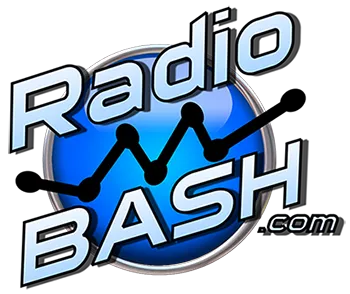404
404 — Page Not Found
Looks like you’ve reached a page that doesn’t exist.
If you typed the address manually, please double-check it.
Otherwise, head back to the homepage and we’ll get you where you need to be.
Thinking about starting your own internet radio station?
Starting an Internet radio station is easier than you think! Whether you’re launching a hobby station or expanding your broadcast brand online, we’ll guide you step-by-step so your station sounds great from day one.

COMPANY
CUSTOMER CARE
LEGAL INFO
FOLLOW US
Tommy House Studios
Copyright 2025. RadioBash. All Rights Reserved.
